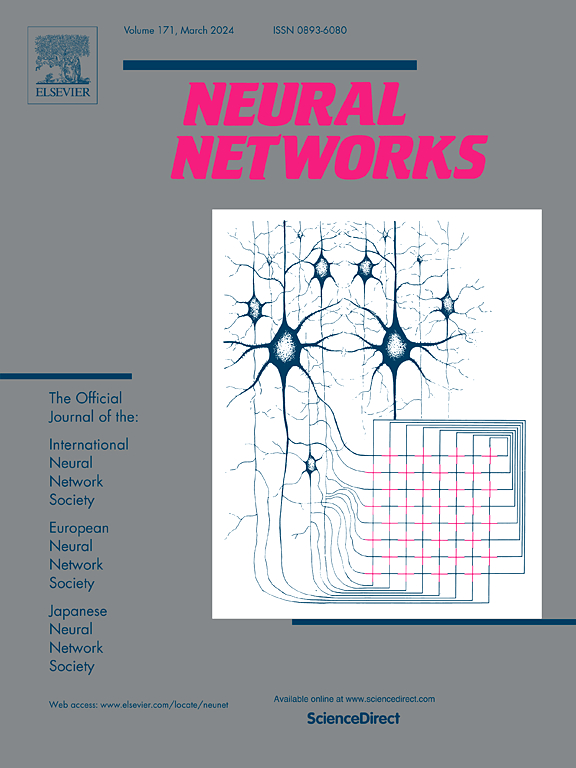Enhancing spatial perception and contextual understanding for 3D dense captioning
IF 6
1区 计算机科学
Q1 COMPUTER SCIENCE, ARTIFICIAL INTELLIGENCE
引用次数: 0
Abstract
3D dense captioning (3D-DC) transcends traditional 2D image captioning by requiring detailed spatial understanding and object localization, aiming to generate high-quality descriptions for objects within 3D environments. Current approaches struggle with accurately describing the spatial location relationships of the objects and suffer from discrepancies between object detection and caption generation. To address these limitations, we introduce a novel one-stage 3D-DC model that integrates a Query-Guided Detector and Task-Specific Context-Aware Captioner to enhance the performance of 3D-DC. The Query-Guided Detector employs an adaptive query mechanism and leverages the Transformer architecture to dynamically adjust attention focus across layers, improving the model’s comprehension of spatial relationships within point clouds. Additionally, the Task-Specific Context-Aware Captioner incorporates task-specific context-aware prompts and a Squeeze-and-Excitation (SE) module to improve contextual understanding and ensure consistency and accuracy between detected objects and their descriptions. A two-stage learning rate update strategy is proposed to optimize the training of the Query-Guided Detector. Extensive experiments on the ScanRefer and Nr3D datasets demonstrate the superiority of our approach, outperforming previous two-stage ‘detect-then-describe’ methods and existing one-stage methods, particularly on the challenging Nr3D dataset.
求助全文
约1分钟内获得全文
求助全文
来源期刊

Neural Networks
工程技术-计算机:人工智能
CiteScore
13.90
自引率
7.70%
发文量
425
审稿时长
67 days
期刊介绍:
Neural Networks is a platform that aims to foster an international community of scholars and practitioners interested in neural networks, deep learning, and other approaches to artificial intelligence and machine learning. Our journal invites submissions covering various aspects of neural networks research, from computational neuroscience and cognitive modeling to mathematical analyses and engineering applications. By providing a forum for interdisciplinary discussions between biology and technology, we aim to encourage the development of biologically-inspired artificial intelligence.
 求助内容:
求助内容: 应助结果提醒方式:
应助结果提醒方式:


